
漢德百科全書 | 汉德百科全书
 Galicia
Galicia
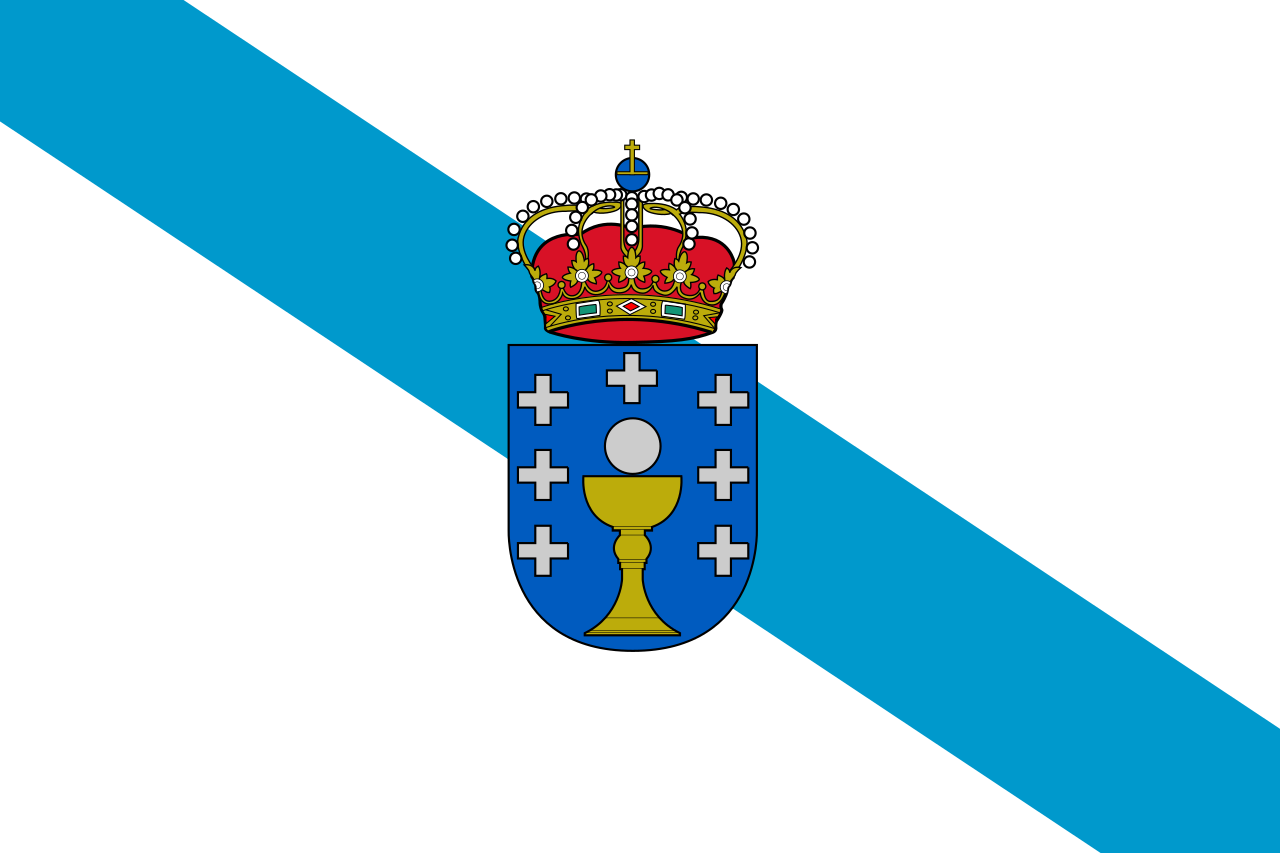
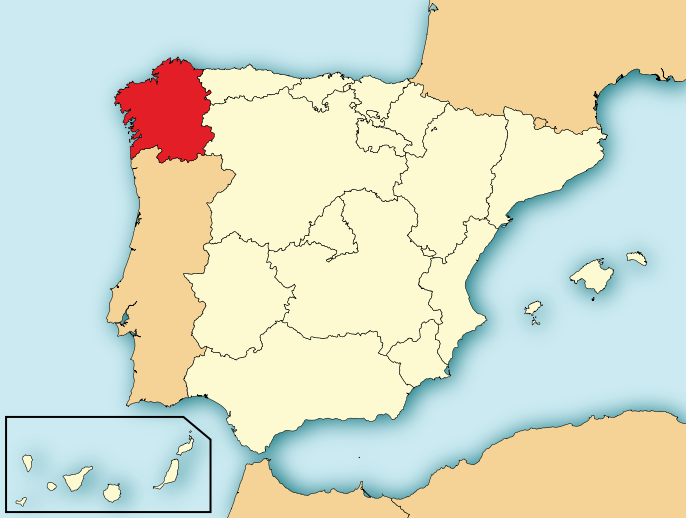

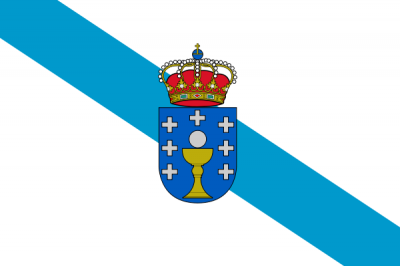
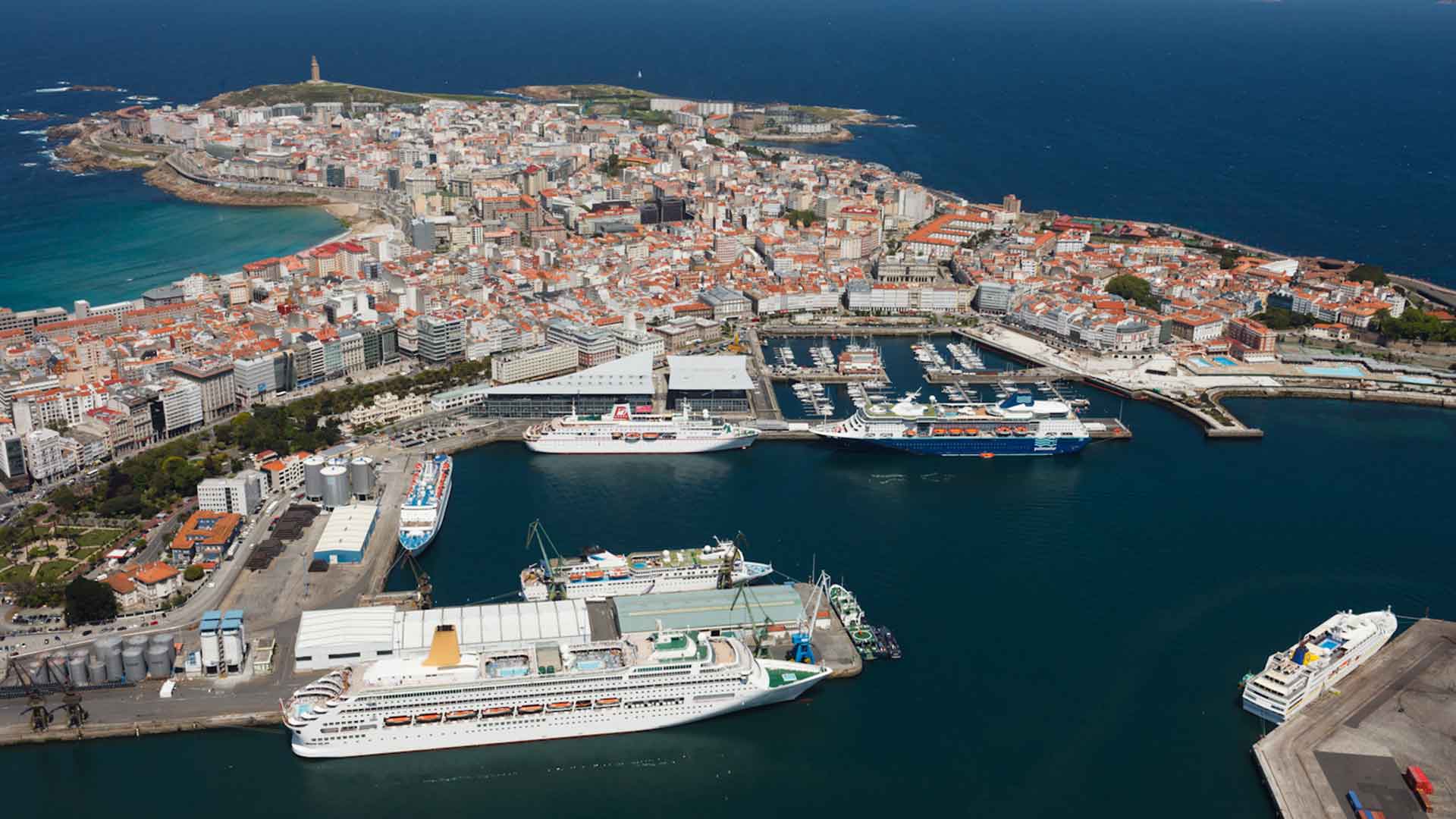
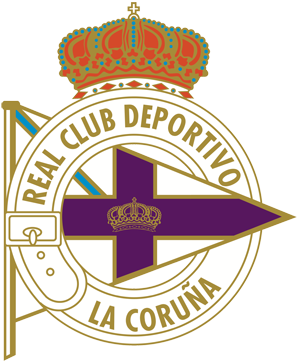

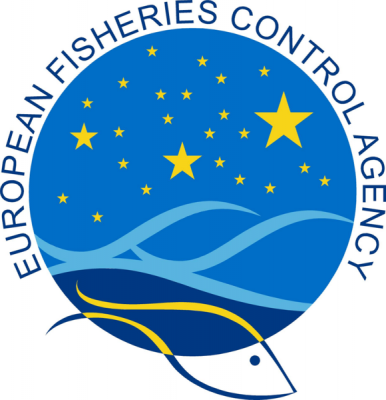
 Angola
Angola
 Equatorial Guinea
Equatorial Guinea
 Brazil
Brazil
 Demokratische Republik Timor-Leste
Demokratische Republik Timor-Leste

 Galicia
Galicia
 Guinea-Bissau
Guinea-Bissau
 Kap Verde
Kap Verde

 Literature
Literature
 Macau Tebiexingzhengqu-MO
Macau Tebiexingzhengqu-MO
 Mosambik
Mosambik
 Portugal
Portugal
 Sao Tome und Principe
Sao Tome und Principe
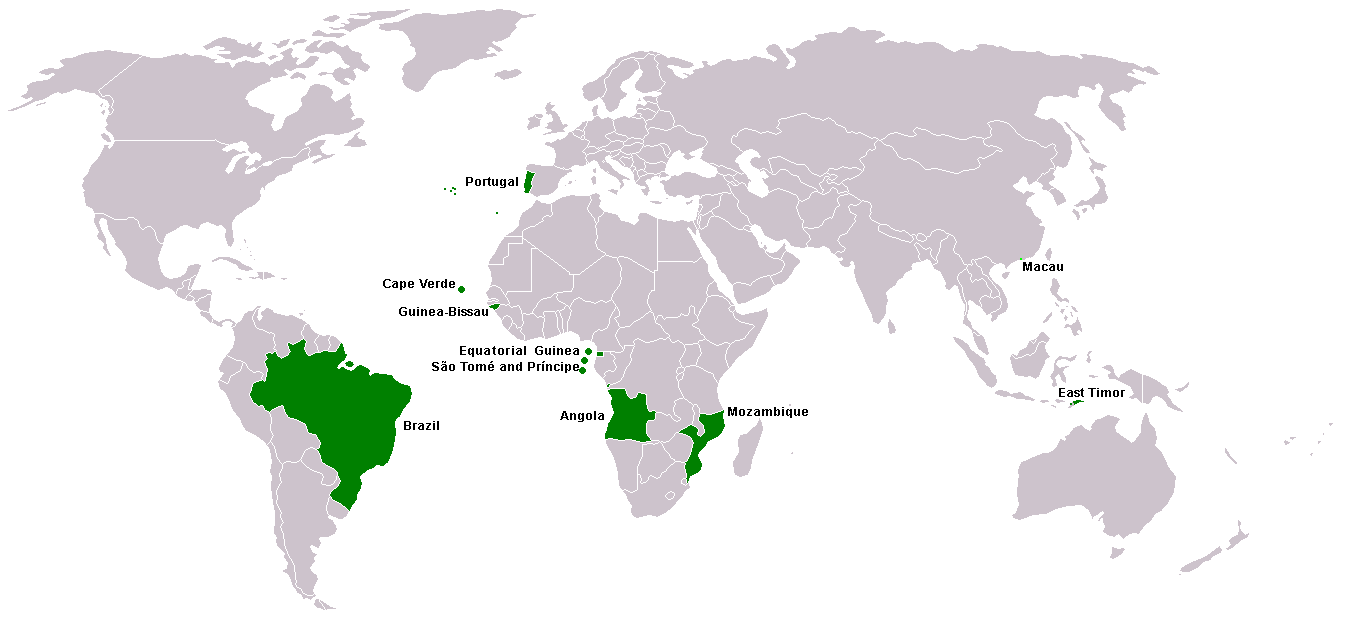
Die portugiesische Sprache (portugiesisch português) ist eine Sprache aus dem romanischen Zweig der indogermanischen Sprachfamilie und bildet mit dem Spanischen (der kastilischen Sprache), Katalanischen und weiteren Sprachen der Iberischen Halbinsel die engere Einheit des Iberoromanischen. Zusammen mit dem Galicischen in Nordwest-Spanien geht sie auf eine gemeinsame Ursprungssprache zurück, das Galicisch-Portugiesische, das sich zwischen Spätantike und Frühmittelalter entwickelte. Nach der Herausbildung der Staatlichkeit Portugals entwickelten sich daraus die beiden heutigen Sprachen. Heute gilt Portugiesisch als Weltsprache.
Es wird von über 240 Millionen Muttersprachlern gesprochen; einschließlich der Zweitsprachler beläuft sich die Zahl der Sprecher auf etwa 270 Millionen.
Die portugiesische Sprache verbreitete sich weltweit im 15. und 16. Jahrhundert, als Portugal sein Kolonialreich aufbaute, das in Teilen bis in das Jahr 1975 überdauerte und das heutige Brasilien sowie Gebiete in Afrika und an den Küsten Asiens umfasste. Als letztes ging Macau aus portugiesischem Besitz an China über. Daraus ergab sich, dass Portugiesisch heute die Amtssprache mehrerer unabhängiger Staaten ist und darüber hinaus von vielen Menschen als Minderheiten- oder Zweitsprache gesprochen wird. Neben dem eigentlichen Portugiesischen gibt es etwa zwanzig Kreolsprachen auf überwiegend portugiesischer Basis. Durch die Auswanderung aus Portugal ist Portugiesisch in den letzten Jahrzehnten in mehreren Staaten Westeuropas und in Nordamerika zu einer wichtigen Minderheitensprache geworden.
葡萄牙语(Português)简称葡语,是罗曼语族的一种语言。葡语以使用国家数量来算是世界排名第七的语言,使用地区包括葡萄牙、巴西、安哥拉、莫桑比克、佛得角、圣多美和普林西比、几内亚比绍、东帝汶和澳门,共计九个国家或地区。超过两亿人口以葡萄牙语为母语。
由于葡萄牙从15世纪和16世纪开始向外进行殖民扩张,建立了包括美洲的巴西、亚洲的澳门的殖民统治,葡萄牙语也成为某些地区最常用的第二外语,如西印度的达曼-第乌联邦区,以及马来西亚的马六甲州。
最古早的葡萄牙语,源于中世纪的加里西亚王国所使用的一支通俗拉丁语变体。今日的母语人口约为2.1亿左右,若包含第二语言使用者则约为2.4亿人,通常被列为母语人口世界第6或第7多的语言[注 1]。葡萄牙语使用区域占地相当广泛,同时主要因为巴西众多的人口,葡萄牙语也是南半球最多人使用的语言,和拉丁美洲仅次于西班牙语的第二大语言。
西班牙作家米格尔·德·塞万提斯曾把葡萄牙语称作“甜蜜的语言”,巴西诗人奥拉沃·比拉克则把葡萄牙语比作“última flor do Lácio, inculta e bela”,意即“拉齐奥最后一朵绚烂的野花”。
葡语界目前唯一的诺贝尔文学奖得主,若泽·萨拉马戈曾说:“世上没有葡萄牙语这种语言,而是有很多语言使用葡语。”
ポルトガル語(ポルトガルご、português [puɾtuˈgeʃ]/[poɾtuˈges], língua portuguesa)は、主にポルトガル及びブラジルとその他の9の国と地域で公用語として使われている言語である。俗ラテン語から発展して形成されたロマンス語の1つで、スペイン語などと共にインド・ヨーロッパ語族イタリック語派に属する。
スペインの作家セルバンテスはポルトガル語を「甘美な言語」と評し、ブラジルの詩人オラーヴォ・ビラックは「ラティウムの最後の、粗野で美しい花」と評している。
ポルトガル語は、大航海時代のポルトガル海上帝国の成長とともにアジア・アフリカ地域に広まった。日本では最初に伝播したヨーロッパの言語であり、古くからの外来語として定着しているいくつかの単語は、ポルトガル語由来である。代表的な例として「パン」があり、戦国時代にキリスト教と共に伝わった。
Portuguese (português or, in full, língua portuguesa) is a Romance language originating in the Iberian Peninsula of Europe. It is the sole official language of Portugal, Angola, Mozambique, Guinea-Bissau, Cape Verde, São Tomé and Príncipe, and Brazil,[6] while having co-official language status in East Timor, Equatorial Guinea, and Macau. A Portuguese-speaking person or nation is referred to as "Lusophone" (lusófono). As the result of expansion during colonial times, a cultural presence of Portuguese and Portuguese creole speakers are also found around the world.[7] Portuguese is part of the Ibero-Romance group that evolved from several dialects of Vulgar Latin in the medieval Kingdom of Galicia and the County of Portugal, and has kept some Celtic phonology and its lexicon.[8][9]
With approximately 215 to 220 million native speakers and 50 million L2 speakers, Portuguese has approximately 270 million total speakers. It is usually listed as the sixth-most spoken language and the third-most spoken European language in the world in terms of native speakers.[10] Being the most widely spoken language in South America[11][12] and all of the Southern Hemisphere,[13] it is also the second-most spoken language, after Spanish, in Latin America, one of the 10 most spoken languages in Africa,[14] and is an official language of the European Union, Mercosur, the Organization of American States, the Economic Community of West African States, the African Union, and the Community of Portuguese Language Countries, an international organization made up of all of the world's officially Lusophone nations. In 1997, a comprehensive academic study ranked Portuguese, specifically the Brazilian variety, as one of the 10 most influential languages in the world.[15][16]
Le portugais (en portugais : português) est une langue appartenant à la branche romane de la famille des langues indo-européennes. Les locuteurs du portugais s'appellent les lusophones.
Le portugais occupe la sixième place des langues les plus parlées dans le monde si l'on tient compte du nombre de personnes dont c'est la langue maternelle. Il est la langue la plus parlée en Amérique du Sud2 et de l'hémisphère sud3, mais seconde en Amérique latine, après l'espagnol (plus du tiers de la population de l'Amérique latine parle le portugais). En Afrique, le portugais se présente comme une importante langue véhiculaire dans les anciennes colonies portugaises. Il représente au total 227,9 millions de locuteurs dont c'est la langue maternelle1 dans le monde et est ainsi la troisième langue européenne la plus parlée en tant que langue maternelle après l'espagnol (406 millions) et l'anglais (335 millions), et représente 4 %4 du PIB mondial. C'est aussi la cinquième langue par le nombre de pays ayant le portugais comme langue officielle4 et la septième pour le nombre de traductions à destination du portugais4
La « langue de Camões » est parlée au Portugal, y compris l'archipel de Madère et celui des Açores, au Brésil, en Angola, au Mozambique, au Cap-Vert, en Guinée-Bissau, en Guinée équatoriale, à Sao Tomé-et-Principe, au Timor oriental, à Goa (Inde), à Daman et Diu (Inde), Malacca en Malaisie et à Macao (Chine). Il appartient à la famille des langues ibéro-romanes et présente de nombreuses similitudes avec le castillan. Au-delà de ses origines fortement latines, 20 % du lexique portugais tire ses racines ailleurs, en particulier de la langue arabe mais aussi notamment de l'occitan. En Galice (Espagne) est parlé le galicien, avec qui il est très étroitement apparenté. Au Brésil, le tupi-guarani en a influencé le vocabulaire.
Les normes de la langue portugaise sont régies par l’Instituto Internacional da Língua Portuguesa et la Comunidade dos Países de Língua Portuguesa.
Des créoles à base portugaise sont parlés au Cap-Vert, en Guinée-Bissau, au Sénégal et à Sao Tomé-et-Principe.
Il portoghese ( português, /puɾtuˈɣeʃ/, /poɾtuˈɡes/ o /poɾtuˈɡeis/ a seconda delle varietà) è una lingua romanza, appartenente al gruppo delle lingue gallo-iberiche; con 228 milioni di locutori madrelingua (L1), è la nona lingua madre più parlata al mondo, la prima dell'emisfero sud e del subcontinente sudamericano (circa metà dei parlanti), ed è inoltre la seconda lingua neolatina più parlata, dietro soltanto spagnolo
La lingua portoghese si diffuse nel mondo nel XV e XVI secolo, cioè nel momento in cui il Portogallo, il primo e più duraturo impero coloniale e commerciale d'Europa, stava estendendosi dal Brasile, nelle Americhe, fino a Macao, in Cina, e in Giappone.[1] Il risultato di questa espansione è che il portoghese, al giorno d'oggi, è la lingua ufficiale di nove Paesi indipendenti ed è largamente parlato o studiato come seconda lingua in molti altri. Esistono ancora circa venti lingue creole basate sul portoghese.
Importante lingua minoritaria in Andorra, Germania, Lussemburgo, Paraguay, Namibia, Svizzera e Sudafrica, esistono, inoltre, comunità parlanti portoghese in molte città e regioni del mondo, come per esempio Parigi in Francia, Tokyo in Giappone, Boston, New Jersey e Miami negli Stati Uniti d'America, nonché le province argentine di Corrientes, Misiones, Entre Ríos e Buenos Aires.
El idioma portugués (português ![]() escuchar (?·i) o língua portuguesa) es una lengua romance flexiva, procedente del galaicoportugués. Tras la independencia de Portugal en 1139 y la posterior reconquista hacia el sur, el idioma se fue expandiendo por los límites del actual Portugal. Asimismo, la lengua se fue difundiendo en el periodo de los descubrimientos por Brasil, seis países en África y otras partes del mundo.2
escuchar (?·i) o língua portuguesa) es una lengua romance flexiva, procedente del galaicoportugués. Tras la independencia de Portugal en 1139 y la posterior reconquista hacia el sur, el idioma se fue expandiendo por los límites del actual Portugal. Asimismo, la lengua se fue difundiendo en el periodo de los descubrimientos por Brasil, seis países en África y otras partes del mundo.2
Con aproximadamente 260 000 000 de hablantes,1 el portugués es la séptima lengua materna más hablada del mundo y la tercera lengua más hablada en usar el alfabeto latino, después del español y el inglés.1 El portugués es también la lengua más hablada del hemisferio sur, con Angola, Mozambique, Timor Oriental y, en primer lugar, Brasil.
Actualmente, es la lengua principal de Portugal, Brasil, Angola, Guinea-Bissau, Mozambique, Cabo Verde, Santo Tomé y Príncipe y Timor Oriental; todos estos países conforman la Comunidad de países de lengua portuguesa. Asimismo posee una pequeña cantidad de hablantes en Macao (aunque se detecta un importante repunte en su uso por las relaciones comerciales entre China y los países lusófonos) y en Goa; también se habla en su forma criollizada, en algunos sectores de la India, Sri Lanka, Malasia e Indonesia. Se habla también por colonias grandes e importantes de países de habla portuguesa establecidas como Andorra, Luxemburgo, Canadá, Estados Unidos, Namibia, Paraguay, Uruguay, Francia, Japón, Colombia, y Venezuela.3 Además de tener un alto número de hablantes en localidades de la frontera hispano-portuguesa como es el caso de Badajoz o de la La Codosera.[cita requerida]
El portugués es conocido como la «lengua de Camões», el autor del poema épico Os Lusíadas y como «la última flor del Lacio», expresión usada en el soneto Língua portuguesa del escritor brasileño Olavo Bilac.4 Por su parte, Miguel de Cervantes consideraba al portugués una lengua «dulce y agradable».5 En marzo de 2006 abrió sus puertas el Museo de la Lengua Portuguesa en São Paulo, la ciudad con mayor número de lusófonos del mundo.6
Португа́льский язы́к (порт. língua portuguesa) — язык романской группы индоевропейской семьи языков, иберо-романская подгруппа. Развился из средневекового галисийско-португальского языка. Письменность — на основе латинского алфавита. Это второй по числу носителей романский язык после близкородственного испанского и один из самых распространённых языков мира (6—8 места). Говорящие на португальском языке объединяются в общий термин лузофоны по имени римской провинции Лузитания, приблизительно соответствовавшей территории современной Португалии, а вся совокупность португалоязычных территорий — лузофония.

Santiago de Compostela ist die Hauptstadt der Autonomen Gemeinschaft Galicien und hat rund 96.000 Einwohner. Die Stadt ist katholischer Erzbischofssitz und Wallfahrtsort, Ziel des Jakobswegs sowie Standort der Universität Santiago de Compostela und wichtiger pharmazeutischer Industrie.
Jakobus der Ältere war einer der zwölf Apostel, Sohn des Zebedäus und Bruder von Johannes. Der Legende nach ging er gleich nach Christi Himmelfahrt in die römische Provinz Hispania, das heutige Spanien, um dort zu missionieren, allerdings mit wenig Erfolg. Er kehrte dann nach Palästina zurück und wurde dort schließlich auf Befehl des Königs Herodes Agrippa I. von Judäa im Jahre 44 enthauptet. Nach einer in Spanien seit dem Mittelalter verbreiteten Legende wurde sein Leichnam in ein Boot gelegt, das dann an die Küste Spaniens getrieben wurde. Nach einer anderen Version brachten seine Jünger Athanasius und Theodorus den Leichnam auf dem Seeweg in sein Missionsgebiet Spanien und setzten ihn in einem Steingrab auf dem Gebiet der heutigen Stadt Santiago de Compostela bei. Nach einer anderen in Kirchenkreisen verbreiteten Legende schenkte Kaiser Justinian die Gebeine dem Sinaikloster; in den Stürmen des Islam brachten Mönche die Reliquien in Spanien in Sicherheit. Als die Muslime auch Spanien eroberten, vergrub man die Reliquien an der Stelle, an der sich heute Santiago de Compostela befindet. Ausgrabungen zeigen, dass sich dort eine Nekropole befand, die zu einem römischen Militärlager aus dem 1. bis 4. Jahrhundert und einer suebischen Siedlung aus dem 5. bis 7. Jahrhundert gehört hatte.
Im Zeitraum von 818 bis 834 (das oft genannte Jahr 813 stimmt nicht) wurde das angebliche Grab entdeckt. Der Legende zufolge sah der Eremit Pelayo eine Lichterscheinung, die auf ein Apostelgrab hinwies. Man meldete das Theodemir, dem Bischof von Iria Flavia. Als man dann tatsächlich ein Grab fand, erklärte Theodemir, es sei das Grab des Heiligen Jakobus. Darauf ließ König Alfons II. von Asturien (791–842) dort eine Kirche errichten, die sich zu einem Wallfahrtszentrum entwickelte. Um die Kirche herum entstand ein Dorf, das im 10. Jahrhundert zur Stadt Santiago wurde.
Die einschiffige Kirche wurde bald zu klein. So wurde 872 unter König Alfons III. mit einem größeren dreischiffigen Bauwerk begonnen. Am 10. August 997 zerstörte Almansor, der große Heerführer des Kalifen von Córdoba, die Stadt und die Kathedrale. (Das Grab des Jakobus wurde allerdings nicht beschädigt.) Die Glocken der Kathedrale wurden von versklavten Christen in das 1000 Kilometer entfernte Córdoba geschleppt. (Nach der Eroberung Córdobas am 29. Juni 1236 durch kastilische Truppen ließ man sie durch maurische Sklaven wieder nach Santiago zurückbringen.) Erst unter Alfons VI. wurde die Kirche neu aufgebaut. Die Arbeiten begannen nach verschiedenen Quellen entweder 1075 oder 1078. Um diese Zeit wurde Santiago de Compostela neben Rom und Jerusalem zum bedeutendsten Wallfahrtsort der Christenheit.
1985 wurde Santiago de Compostela von der UNESCO zum Weltkulturerbe erklärt. Der Camino de Santiago (Jakobsweg) wurde 1987 zum ersten europäischen Kulturweg erhoben, 1989 fand in Santiago de Compostela der IV. Weltjugendtag statt. Im Jahr 2000 war Santiago de Compostela Kulturhauptstadt Europas.
圣地亚哥-德孔波斯特拉[4](西班牙语:Santiago de Compostela;意为“繁星原野的圣地亚哥”)是西班牙加利西亚自治区的首府,人口不足十万。相传耶稣十二门徒之一的大雅各安葬于此,是天主教朝圣胜地之一。自中世纪以来,前来此地的朝圣者络绎不绝,乃至形成了一条有名的朝圣之路,即圣雅各之路。
圣地亚哥-德孔波斯特拉古城于1985年被列为世界文化遗产。西班牙境内和法国境内的“圣雅各之路”分别于1993年和1998年被列为两项单独的世界文化遗产。
サンティアゴ・デ・コンポステーラ(Santiago de Compostela)は、スペイン北西端部ガリシア州のア・コルーニャ県の都市で、ガリシア州の州都である。コマルカ・デ・サンティアーゴに属する。ガリシア統計局によると、2012年の人口は95,671人(2010年:94,824人)[1]で、州内ではビーゴ、ア・コルーニャ、オウレンセ、ルーゴに次ぐ5番目の人口規模の街である。住民呼称はcompostelán/-lá、santiagués/-esa、またpicheleiro/-aなどが使われる。本都市を中心に近隣の自治体アメス、ボケイション、ブリオン、テオ、バル・ド・ドゥブラ、ベドラとコマルカ(県と市の中間単位、コマルカ・デ・サンティアーゴ)を構成している。
サンティアゴ・デ・コンポステーラには自治州政府(シュンタ・デ・ガリシア)が置かれ、ガリシア州の政治の中心であると同時に、宗教的には大司教座が置かれている。旧市街は1985年にUNESCO世界遺産に登録されており、また、エルサレム、バチカンと並ぶキリスト教三大巡礼地のひとつでもあり、世界遺産に登録されているサンティアゴ・デ・コンポステーラの巡礼路の終着地でもある。
Santiago de Compostela[a] is the capital of the autonomous community of Galicia, in northwestern Spain.
The city has its origin in the shrine of Saint James the Great, now the Cathedral of Santiago de Compostela, as the destination of the Way of St. James, a leading Catholic pilgrimage route since the 9th century.[2] In 1985, the city's Old Town was designated a UNESCO World Heritage Site.
Saint-Jacques-de-Compostelle (en galicien et en espagnol : Santiago de Compostela) est une commune (concello) située dans la province de La Corogne, en communauté autonome de Galice (Espagne). C'est la capitale de la comarque du même nom et de la communauté autonome. À ce dernier titre, elle héberge le domaine du gouvernement (Xunta de Galicia) et du Parlement de la communauté. Elle comptait 95 671 habitants en 2012.
Le pèlerinage sur le tombeau supposé de Jacques fils de Zébédée était un des plus importants de la Chrétienté au Moyen Âge, avec ceux de Jérusalem, de Rome et de Tours. Pratiquement disparu au XIXe siècle, il connaît un regain de ferveur depuis la fin du XXe siècle, promu notamment par les institutions européennes. Ainsi, en 1985, Saint-Jacques-de-Compostelle a été lauréate du Prix de l'Europe1.La cathédrale est une église d'époque romane, mais, par la suite, elle a été agrandie et modifiée selon d'autres styles.
Santiago di Compostela (in spagnolo e in galiziano Santiago de Compostela; in italiano San Giacomo di Compostella[1][2]) (ab. 97.000 circa) è la città spagnola capoluogo della comunità autonoma della Galizia. Situata nella provincia de La Coruña, è stata nel 2000 capitale europea della cultura.
La sua notorietà è dovuta al fatto che da oltre un millennio è, secondo la tradizione cristiana, sede delle spoglie mortali di Giacomo il Maggiore, apostolo di Gesù. Santiago di Compostela, e il famoso cammino del pellegrinaggio omonimo, sono stati dichiarati patrimonio dell'umanità dall'UNESCO nel 1985. La città è sede del governo autonomo Galiziano (Xunta de Galicia), luogo di peregrinazioni religiose di devoti provenienti da tutto il mondo e sede universitaria con più di 500 anni di storia.
Le spoglie mortali dell'apostolo sono conservate nella maestosa cattedrale costruita nei secoli a tale scopo, e tappa finale del cammino di Santiago di Compostela. Il 23 ottobre 1987 il Consiglio d'Europa ha riconosciuto l'importanza dei percorsi religiosi e culturali che attraversano l'Europa per giungere a Santiago di Compostela dichiarando i percorsi "Itinerario di devozione Europeo" e finanziando adeguatamente tutte le iniziative per segnalare in modo conveniente "El Camino de Santiago".
Quando il 25 luglio, giorno dedicato alla festa del santo, cade di domenica (fino a 14 volte in un secolo), quell'anno è proclamato Anno Santo compostelano, e nel 31 dicembre che lo precede l'arcivescovo di Santiago apre la Porta Santa della cattedrale. L'ultimo Anno Santo è stato nel 2010, il prossimo sarà nel 2021.
Santiago de Compostela es una ciudad y municipio de España, en la provincia de La Coruña. Es la capital de la comunidad autónoma de Galicia, y en ella tienen su sede el gobierno autonómico gallego (Junta de Galicia) y el Parlamento.
La ciudad antigua de Santiago es Patrimonio de la Humanidad por la Unesco desde 1985. Destaca por ser uno de los tres grandes núcleos de peregrinación del cristianismo, junto con Jerusalén y Roma, al señalar la tradición que allí se dio sepultura al apóstol Santiago el Mayor. De especial importancia artística es su catedral, dedicada precisamente al apóstol Santiago, y que es el destino de los cientos de miles de peregrinos de todo el mundo que cada año realizan el Camino de Santiago.
En las inmediaciones de la ciudad se encuentra el aeropuerto de Santiago de Compostela, el más transitado de Galicia y el segundo del norte de España, solo por detrás de Bilbao. Es también de gran relevancia su quincentenaria Universidad, situada entre las 10 mejores de España34 y que cuenta con cerca de 30 000 alumnos matriculados cada curso, lo que contribuye a elevar la población de hecho de Santiago y su área metropolitana por encima de los 200 000 habitantes.
El municipio limita al norte con los ayuntamientos de Valle del Dubra, Trazo y Oroso; al sur con Teo, Vedra y Boqueijón; al este con El Pino; y al oeste con Ames.
Сантья́го-де-Компосте́ла (галис. Santiago de Compostela [sãnˈtjaɰo ðe komposˈtɛla], исп. Santiago de Compostela [sanˈtjaɣo ðe komposˈtela]) — столица автономного сообщества Галисия в Испании. Муниципалитет находится в составе района (комарки) Сантьяго. Город возник вокруг Сантьягского собора — крупнейшего центра паломничества. В 1985 году старая часть города вошла в список Всемирного наследия ЮНЕСКО. Культурная столица Европы 2000 года.
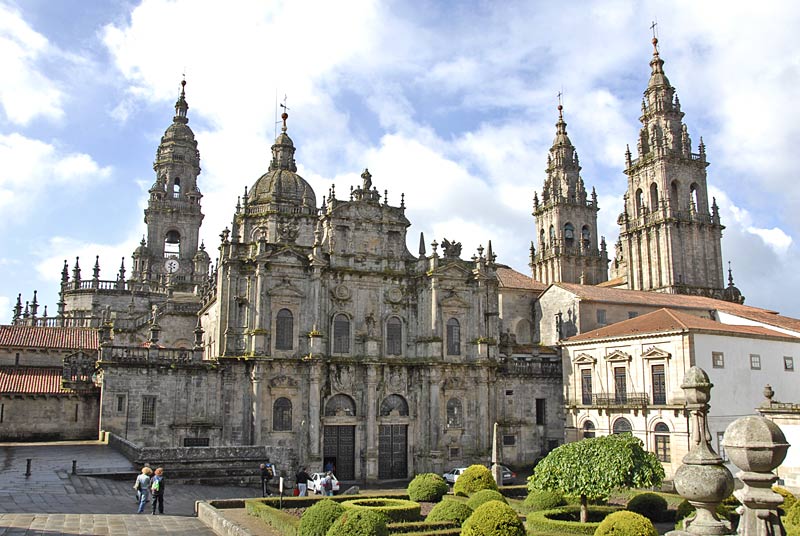



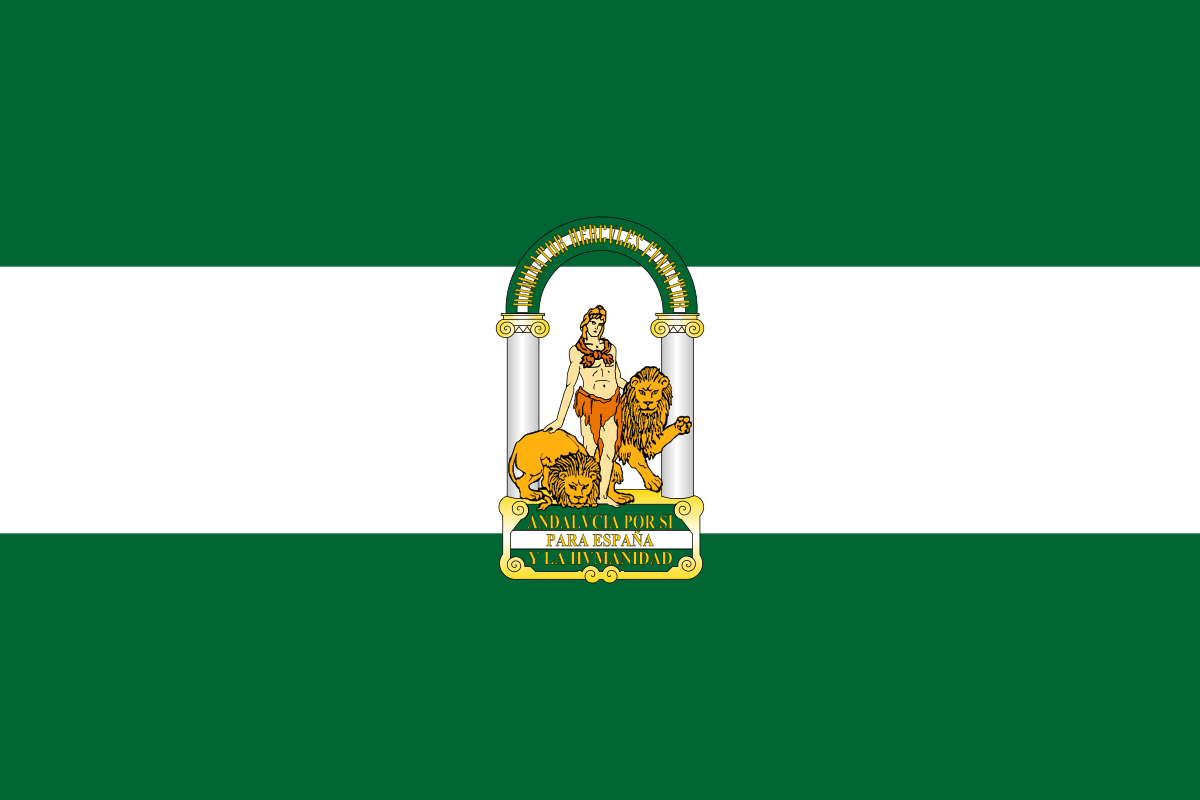 Andalusia
Andalusia

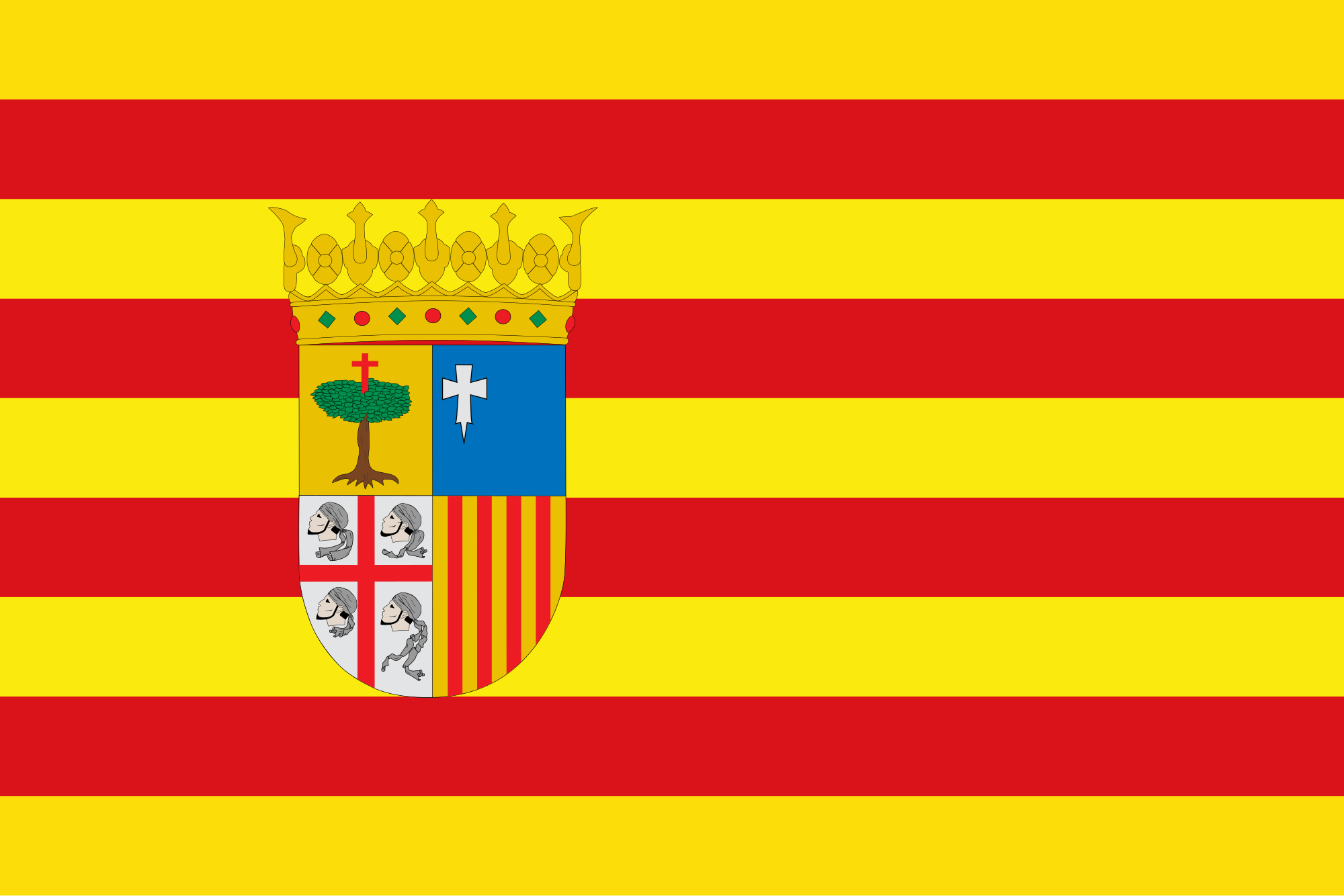 Aragón
Aragón

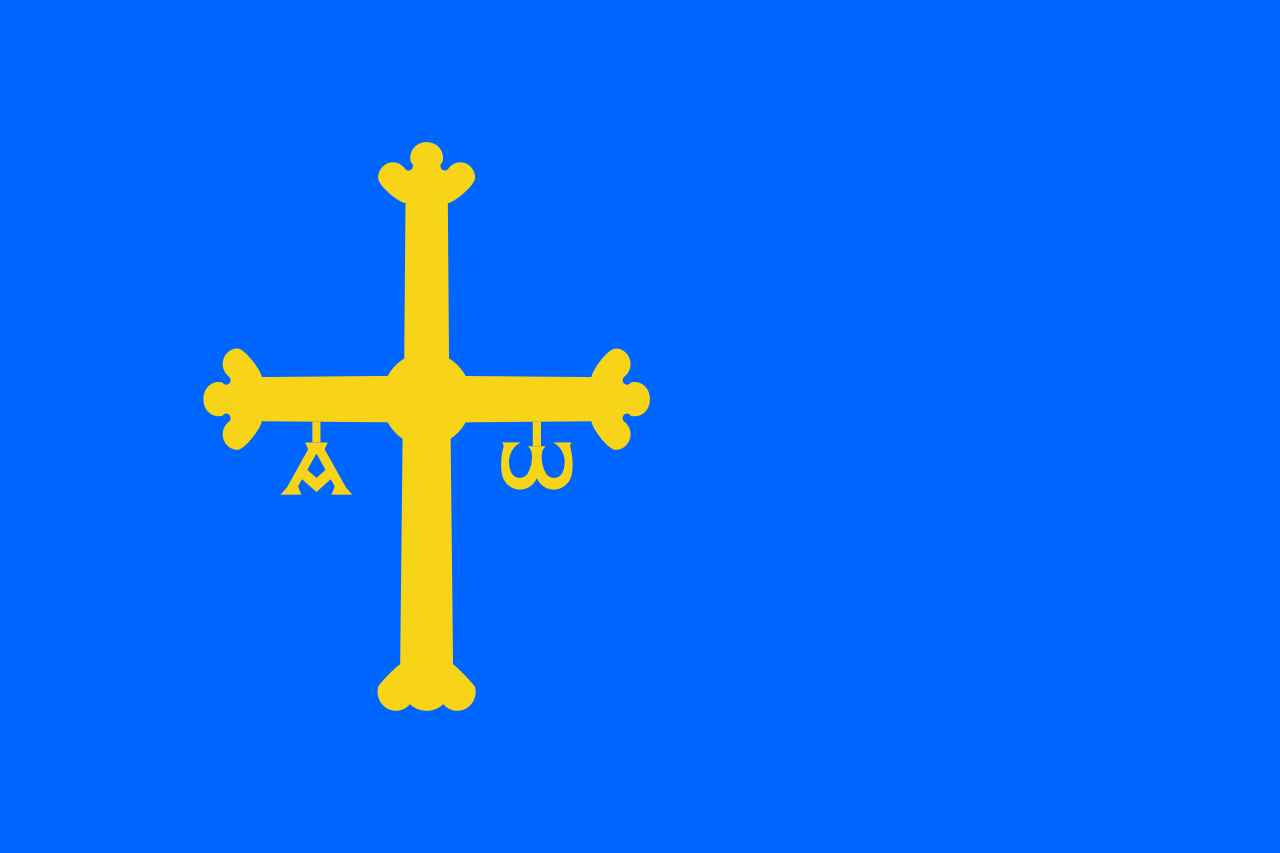 Asturias
Asturias

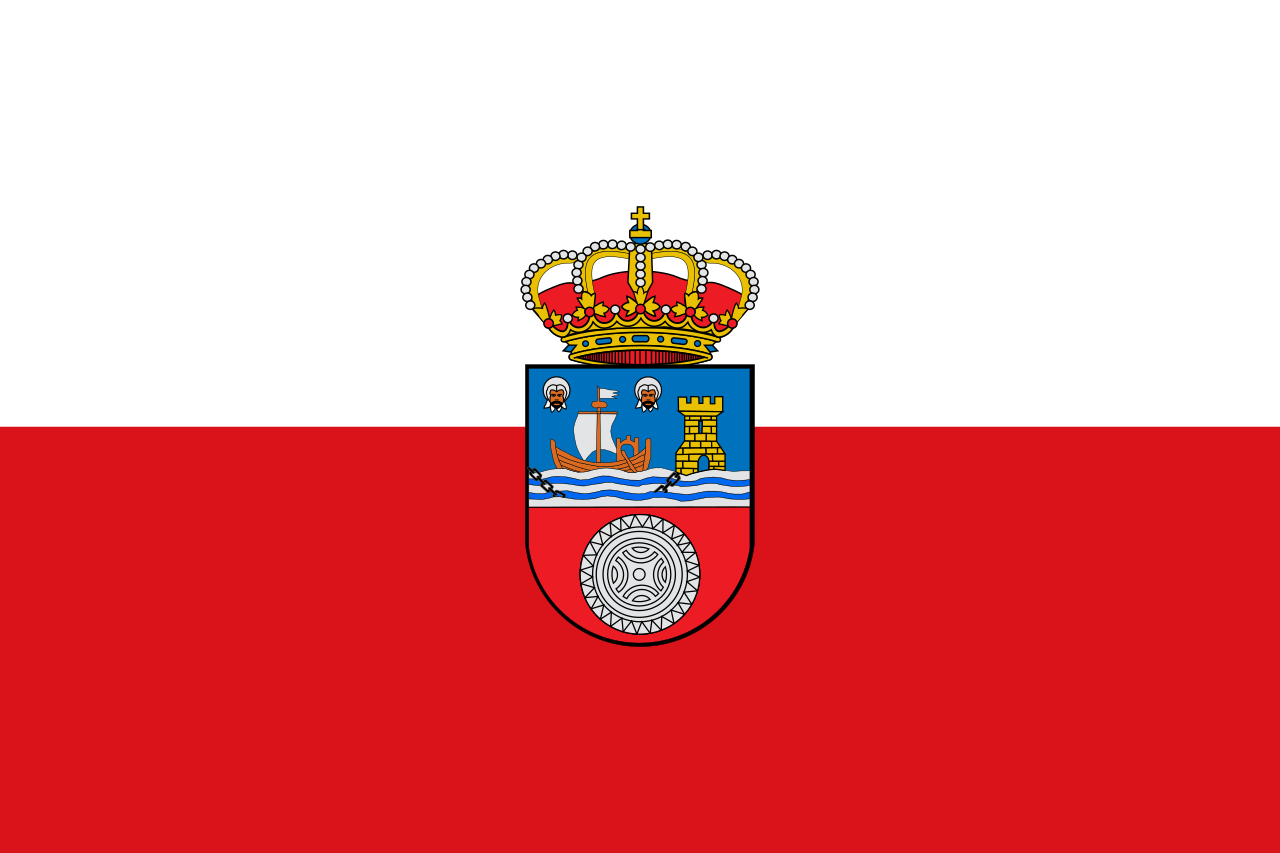 Cantabria
Cantabria

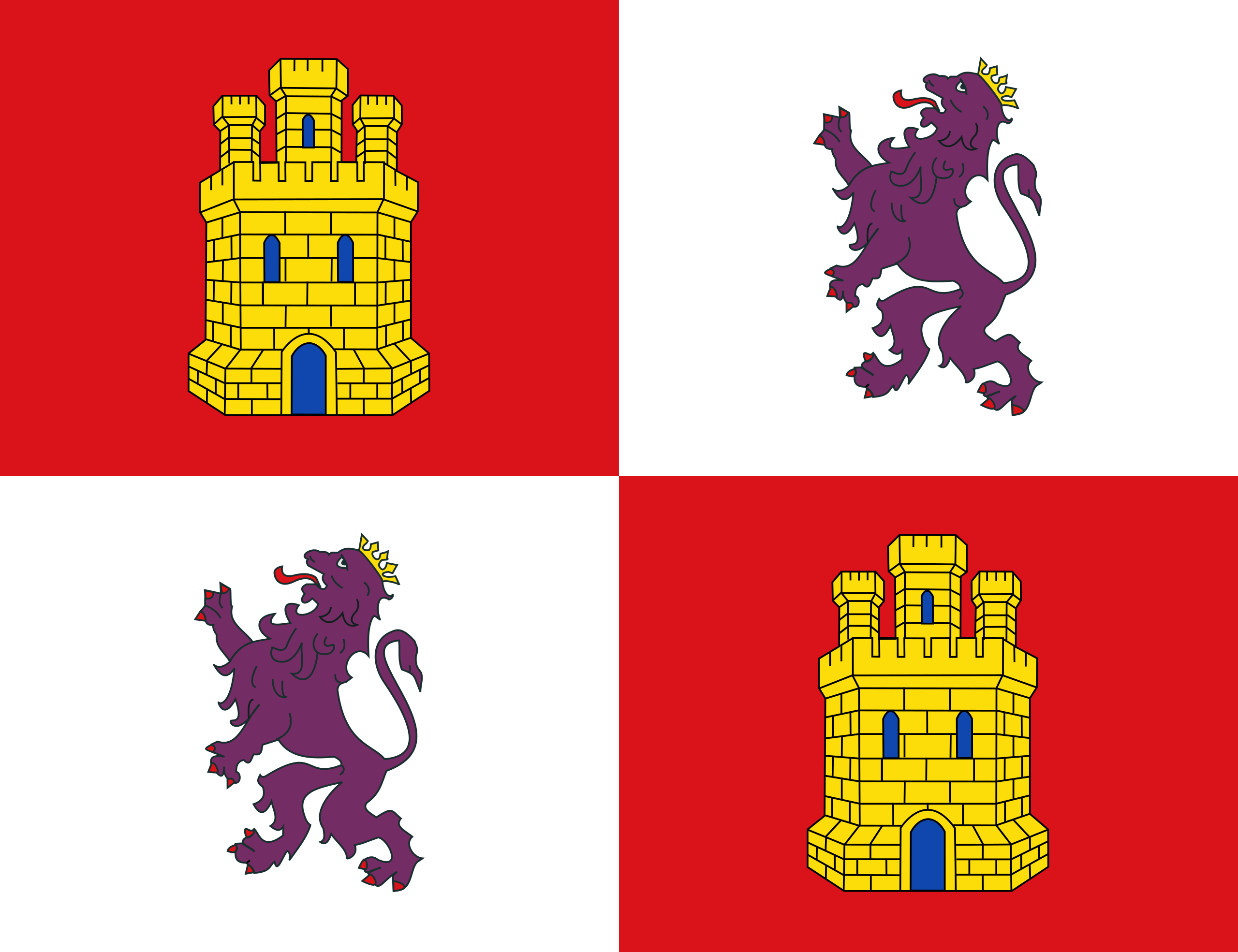 Castilla y León
Castilla y León

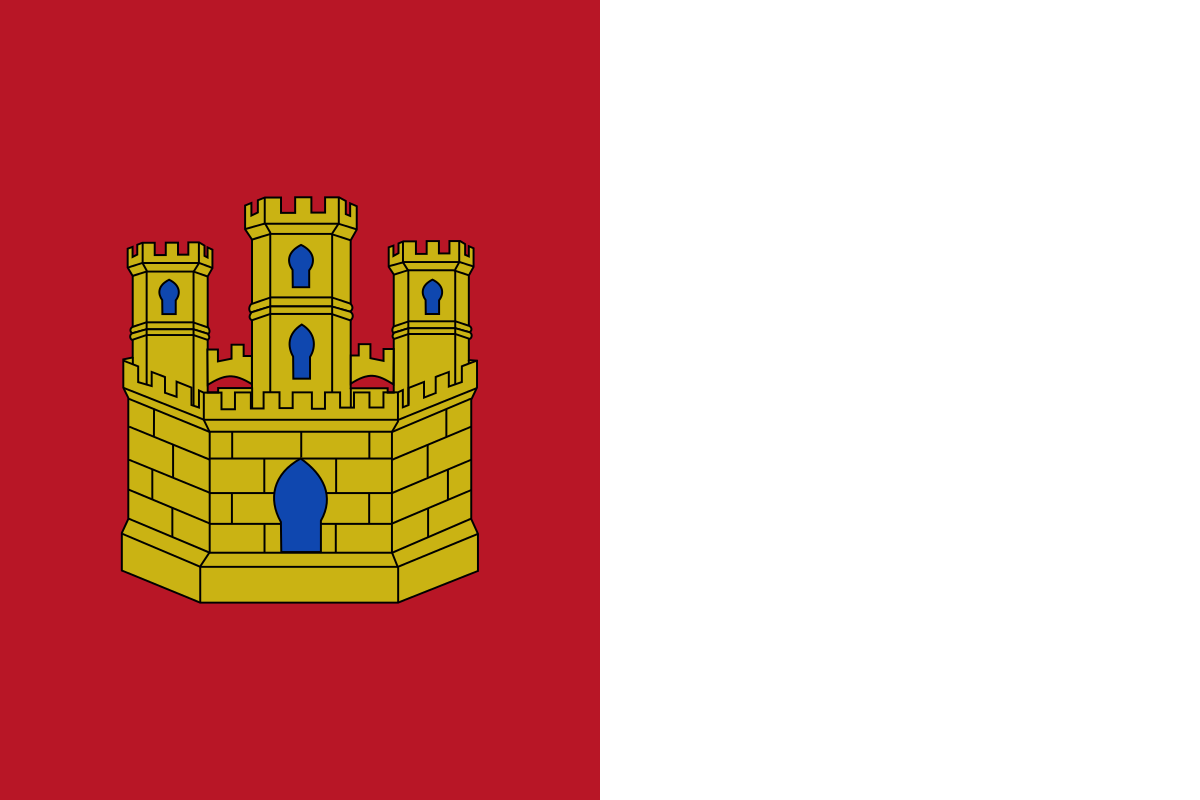 Castilla-La Mancha
Castilla-La Mancha

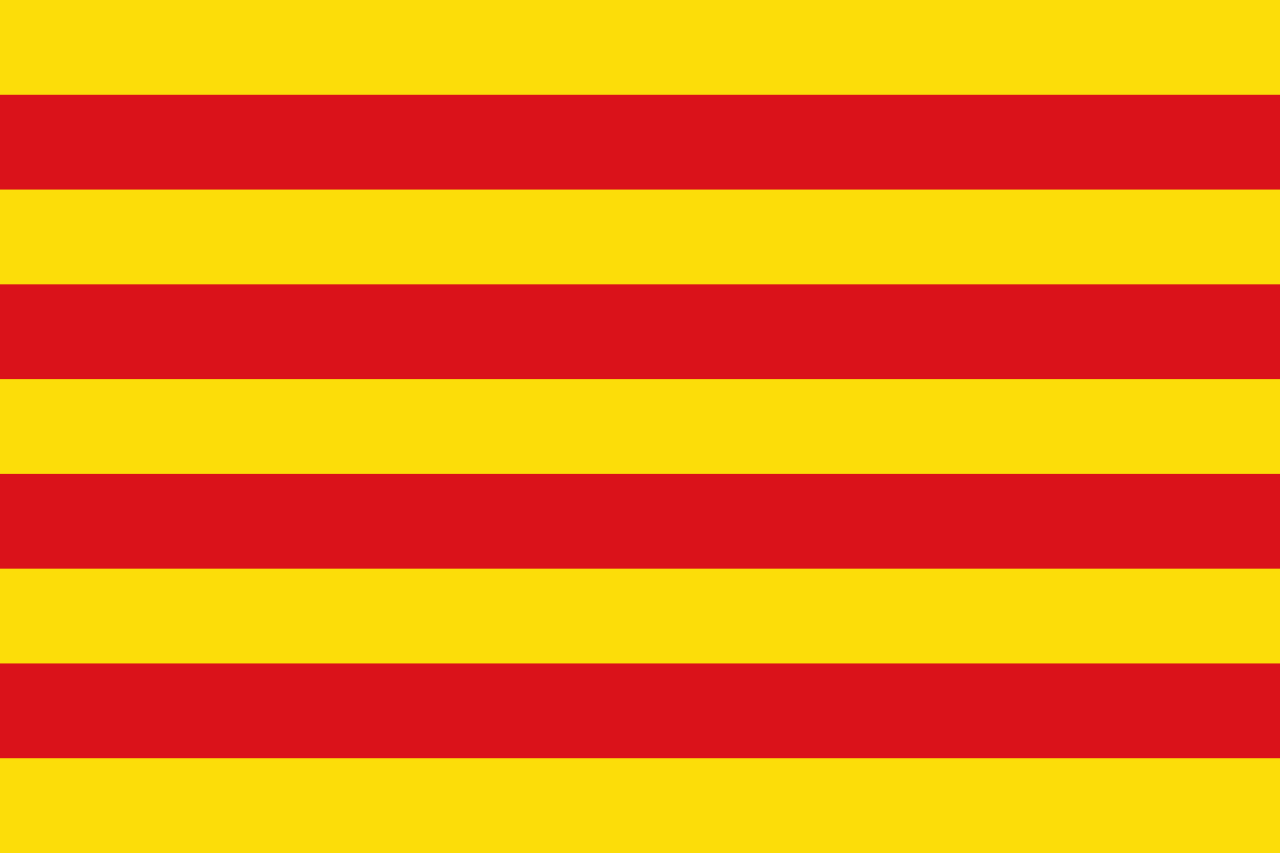 Cataluña
Cataluña

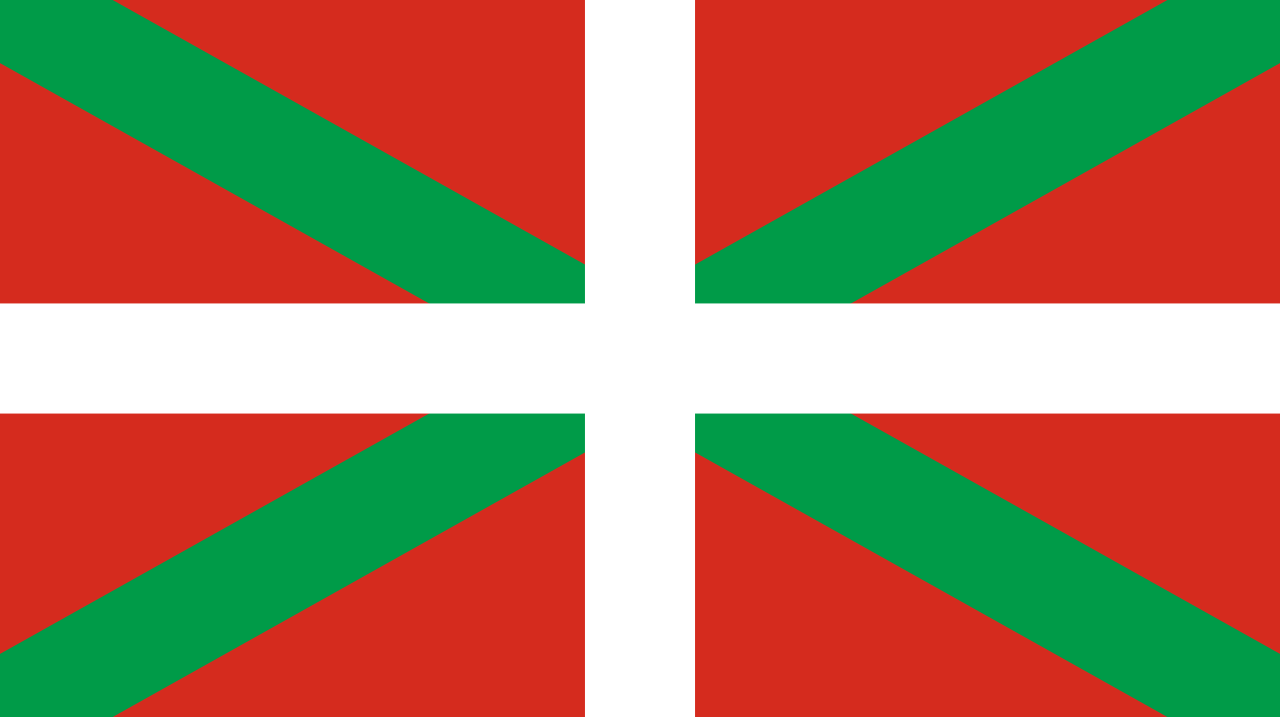 Comunidad Autónoma del País Vasco
Comunidad Autónoma del País Vasco

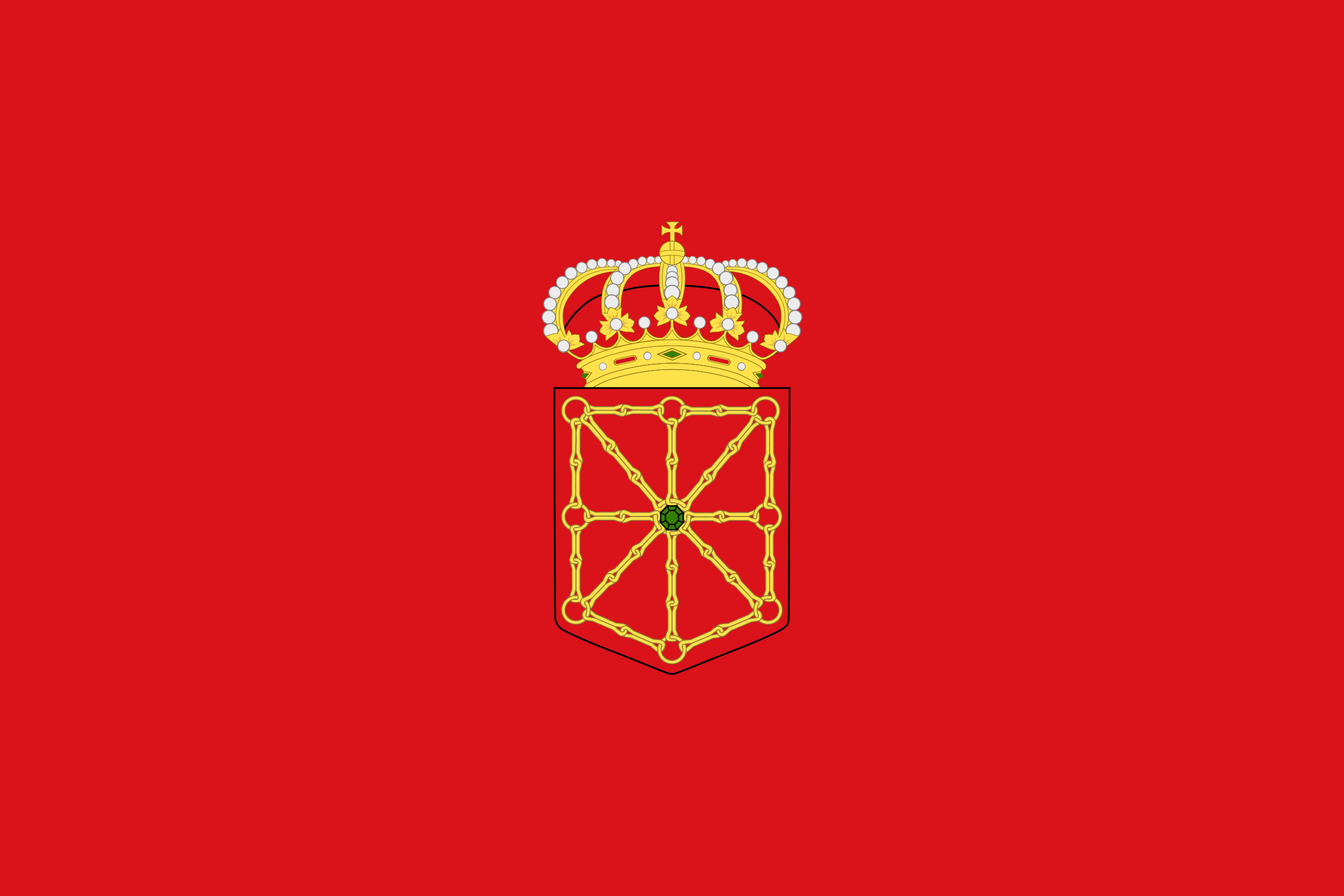 Foral Community of Navarra
Foral Community of Navarra

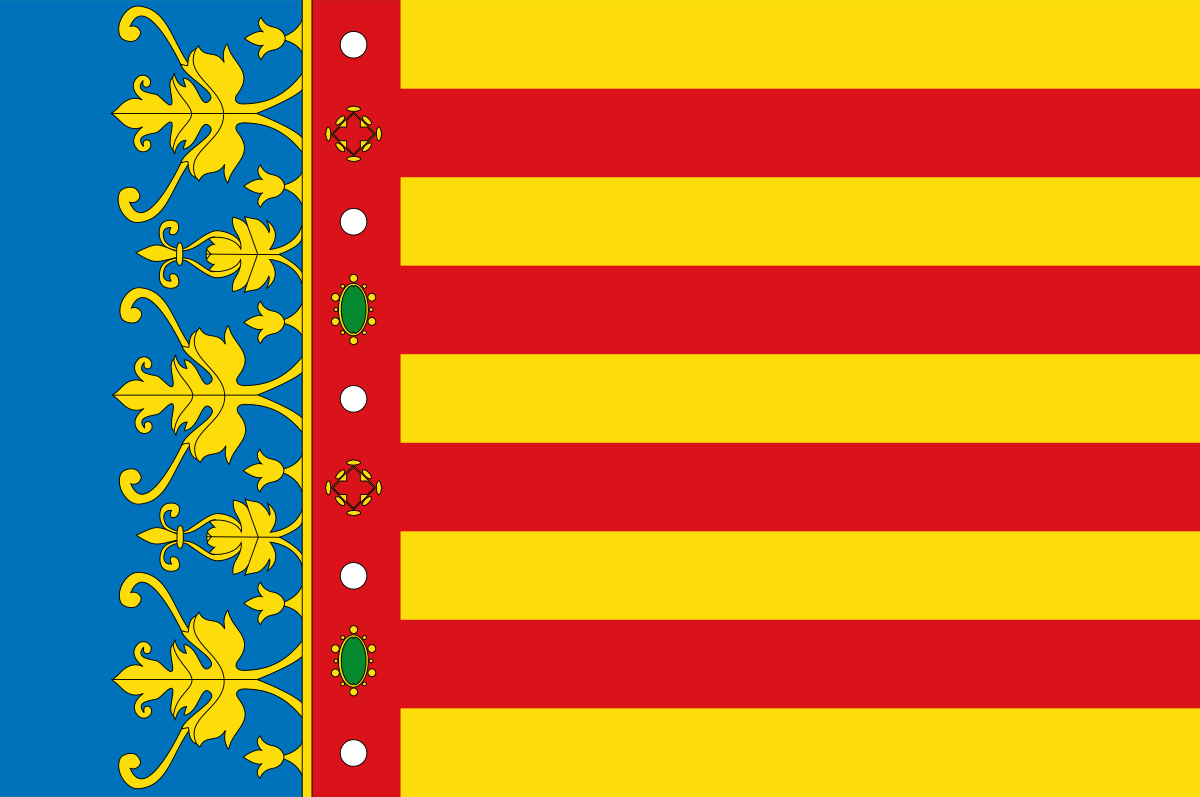 Valencian Community
Valencian Community

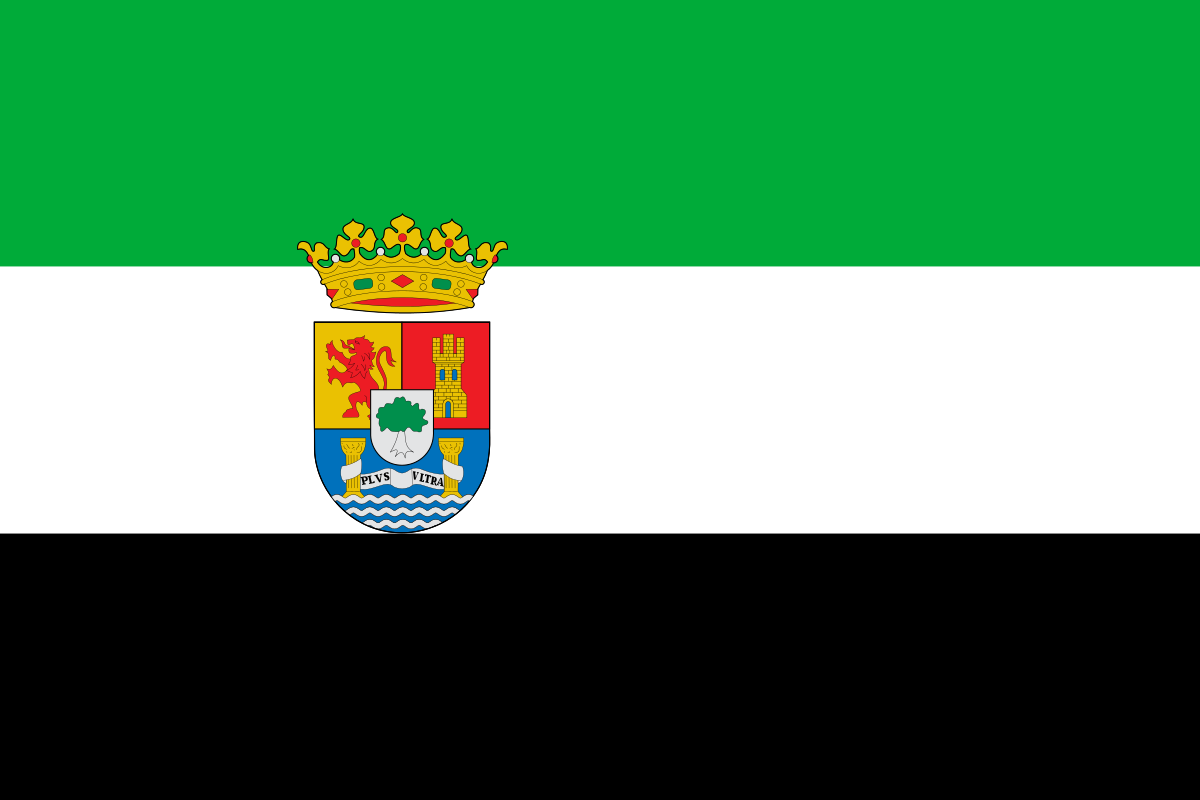 Extremadura
Extremadura

 Galicia
Galicia

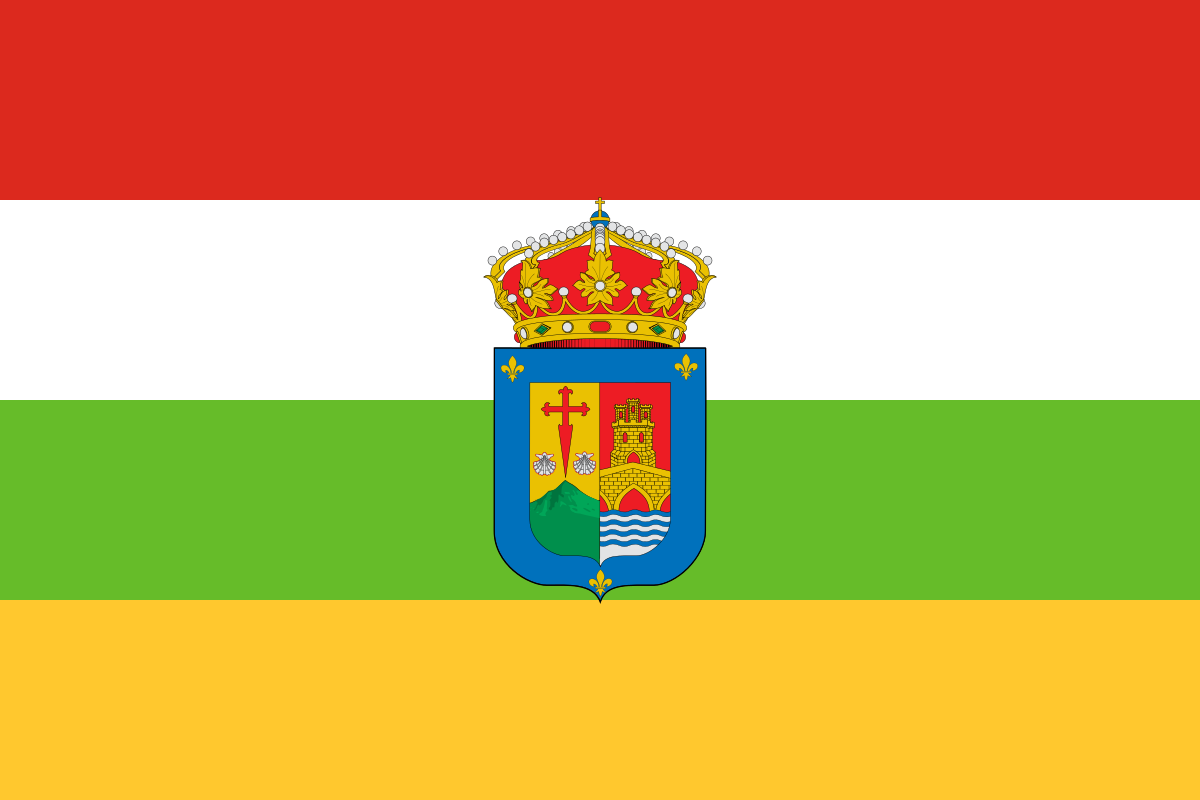 La Rioja
La Rioja

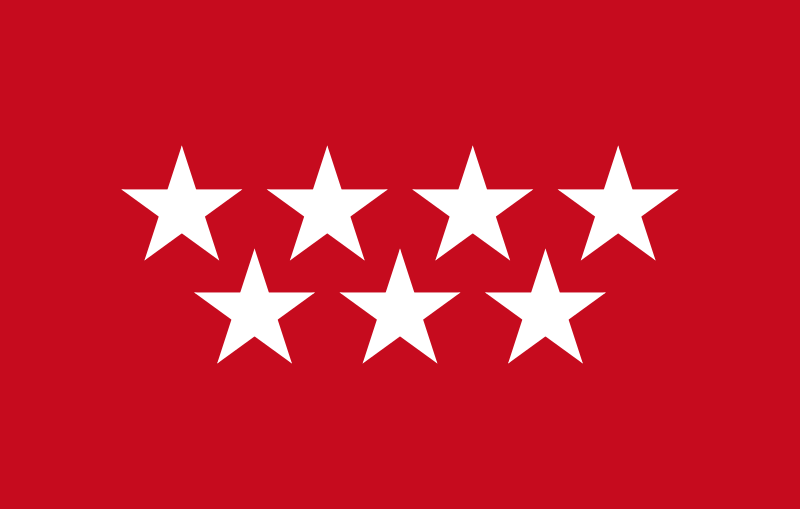 Madrid
Madrid

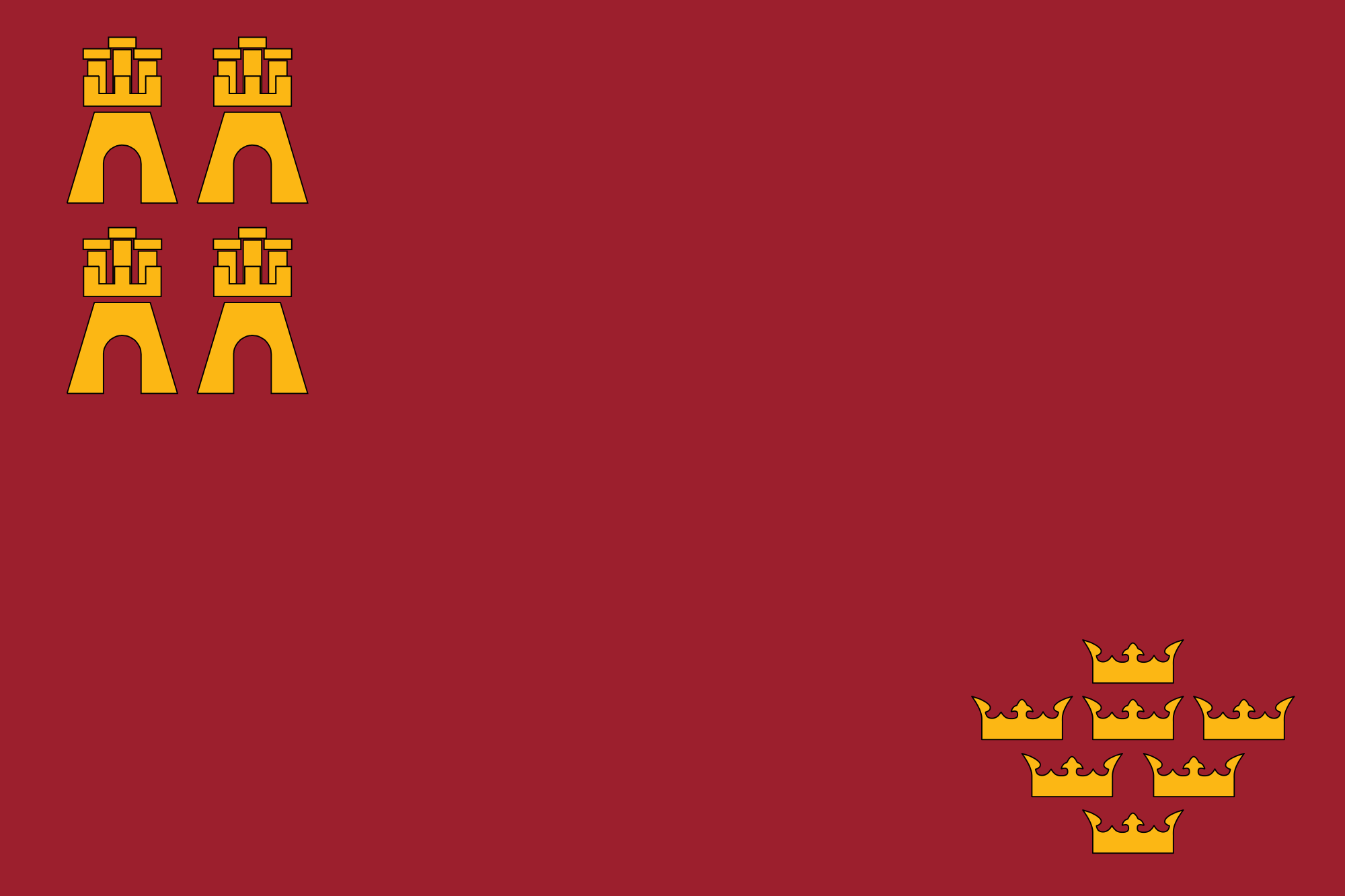 Murcia
Murcia
 Spain
Spain
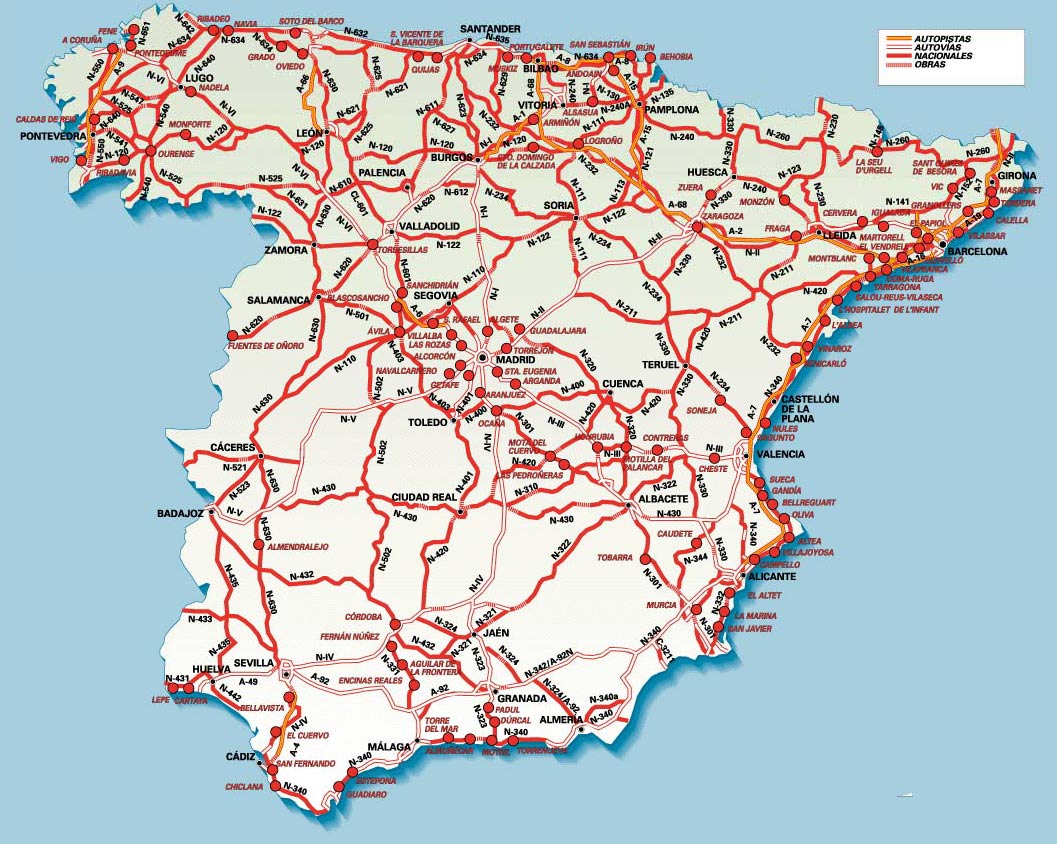

 Andalusia
Andalusia

 Aragón
Aragón

 Asturias
Asturias

 Cantabria
Cantabria

 Castilla y León
Castilla y León

 Castilla-La Mancha
Castilla-La Mancha

 Cataluña
Cataluña

 Comunidad Autónoma del País Vasco
Comunidad Autónoma del País Vasco

 Foral Community of Navarra
Foral Community of Navarra

 Valencian Community
Valencian Community

 Extremadura
Extremadura

 Galicia
Galicia

 La Rioja
La Rioja

 Madrid
Madrid

 Murcia
Murcia
 Spain
Spain
 High speed train technology
High speed train technology
 Rad-Schiene-System
Rad-Schiene-System
 High speed train technology
High speed train technology
 Central drive
Central drive

 Transport and traffic
Transport and traffic
 High speed traffic
High speed traffic

 Transport and traffic
Transport and traffic
 High speed train technology
High speed train technology
 Geography
Geography
 International cities
International cities
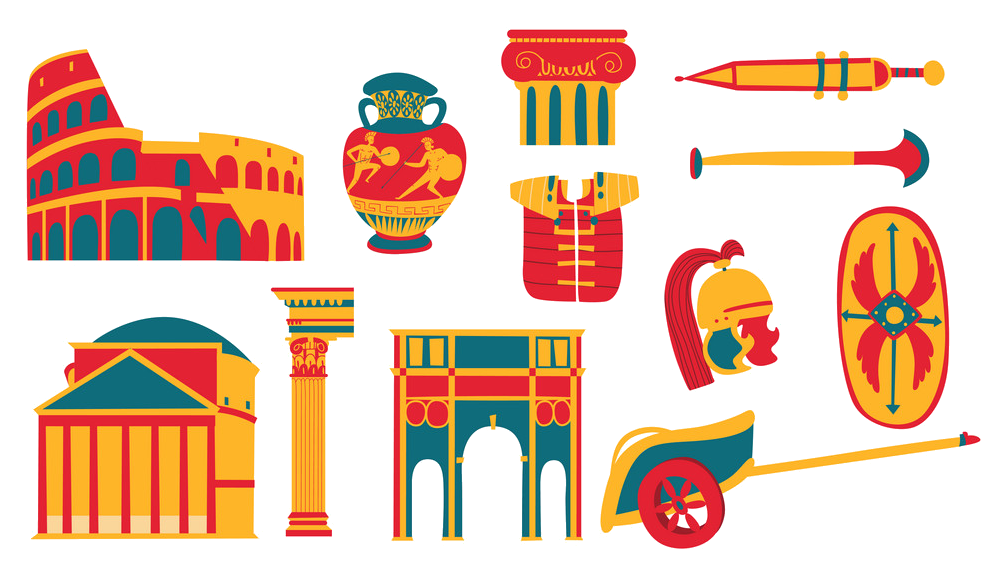 Cities founded by the Romans
Cities founded by the Romans
 Important port
Important port
 Sport
Sport
 Eat and Drink
Eat and Drink
 European Union
European Union
 Agriculture, forestry, livestock, fishing
Agriculture, forestry, livestock, fishing
 World Heritage
World Heritage
 Architecture
Architecture
 Religion
Religion
 Exhibition
Exhibition
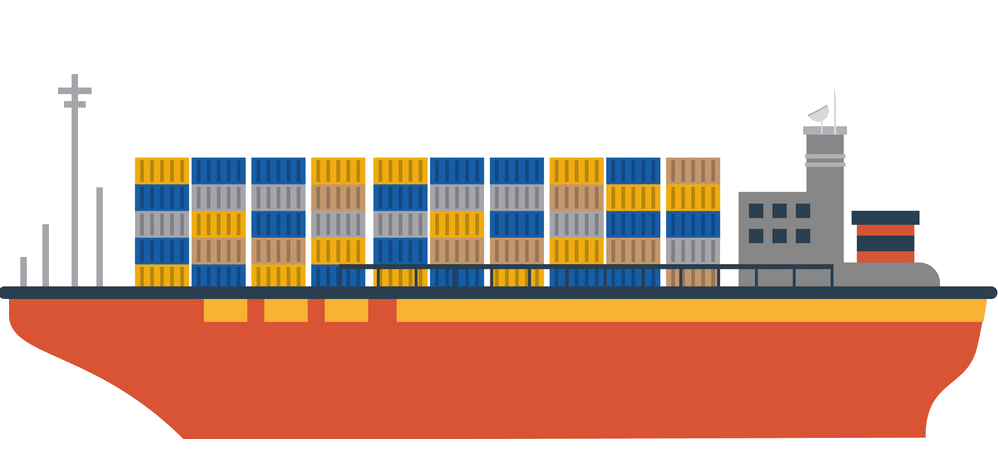 Ships and Nautics
Ships and Nautics
